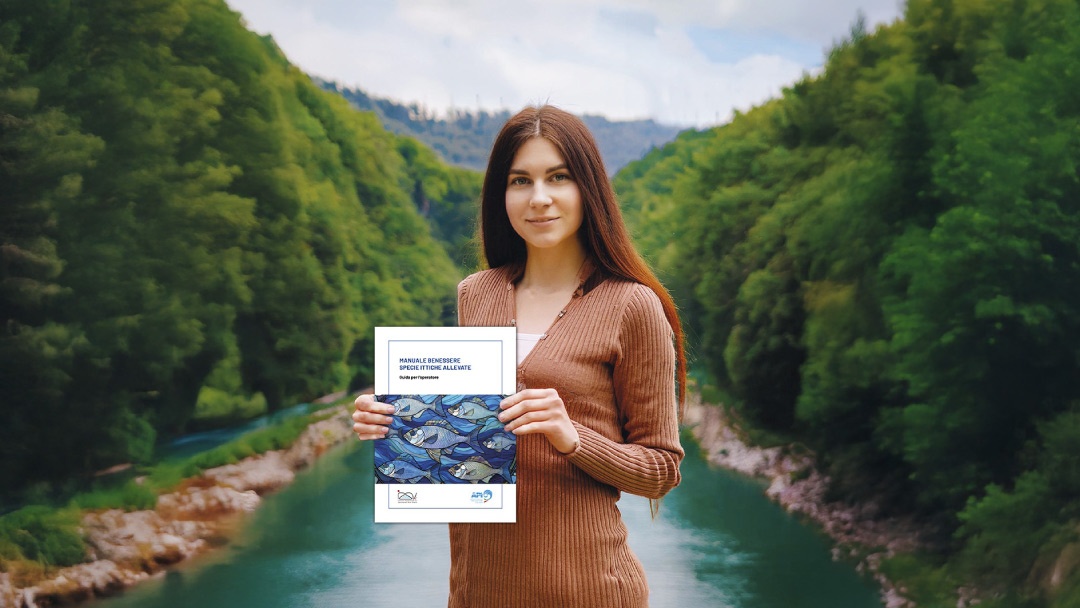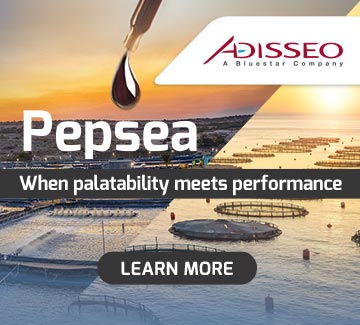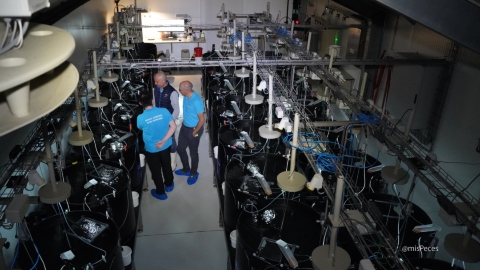 Photo: API
Photo: API
The Italian Fish Farming Association (API) and the Experimental Zooprohylactic Institute of the Venetias (IZSVe) will officially launch the first manual on the welfare of aquatic species in aquaculture during the eight edition of AquaFarm 2025. This event will take place on the 12th and 13th of February in Pordenone, Italy. The manual will be available at Stand 59 C in Pavillion 5.
This initiative underscores the commitment of producers to the sustainability of Italian aquaculture and the quality of their produts. This project marks a significant milestone for the industry and has involved experts from the academic and institutional realms, including professionals form the University of Bologna, the University of Camerino, the University of Milan, the Higher Institute for Environmental Protection and Research, the Ministry of Health, and the European Federation of Aquaculture Producers.
Antonio Ricci, General Director of IZSVe, highlighted the significance of this initiative, describing the manual as “a fundamental achievement, thanks to the contributions from high-calibre authors recognised internationally”.
Matteo Leonardi, president of API, emphasized that the manual is vital for all Italian aquaculture, covering 25 species farmed in diverse environments, from freshwater to lagoon and marine setting. Beyond being merely an academic publication, Leonardi stressed that the manual is a practical tool designed to provide producers with actionable guidelines to enhance the life quality of fish. “It has been proven that animal welfare is not just to barrier to production, but it is a key element for its enhancement,” he stated.
In recent years, animal welfare in aquaculture has become a focal point, with continual advancements in knowledge and technology to ensure optimal farming conditions. Water quality, a critical factor, is constantly monitored to maintain proper levels of temperature, dissolved oxygen, salinity, and turbidity. Management aspects of farming, such as density feeding, and healthcare, directly affect the health and welfare of the fish.
Furthermore, handling during transit and transport requires special attention to minimise unnecessary stress and suffering. In conclusion, API hopes that the manual will promote responsible farming practices, continually raising animal welfare standards and fostering sustainable development within the sector.
This represents a concrete step towards responsible Italian aquaculture, capable of meeting the expectations of consumers and institutions.


